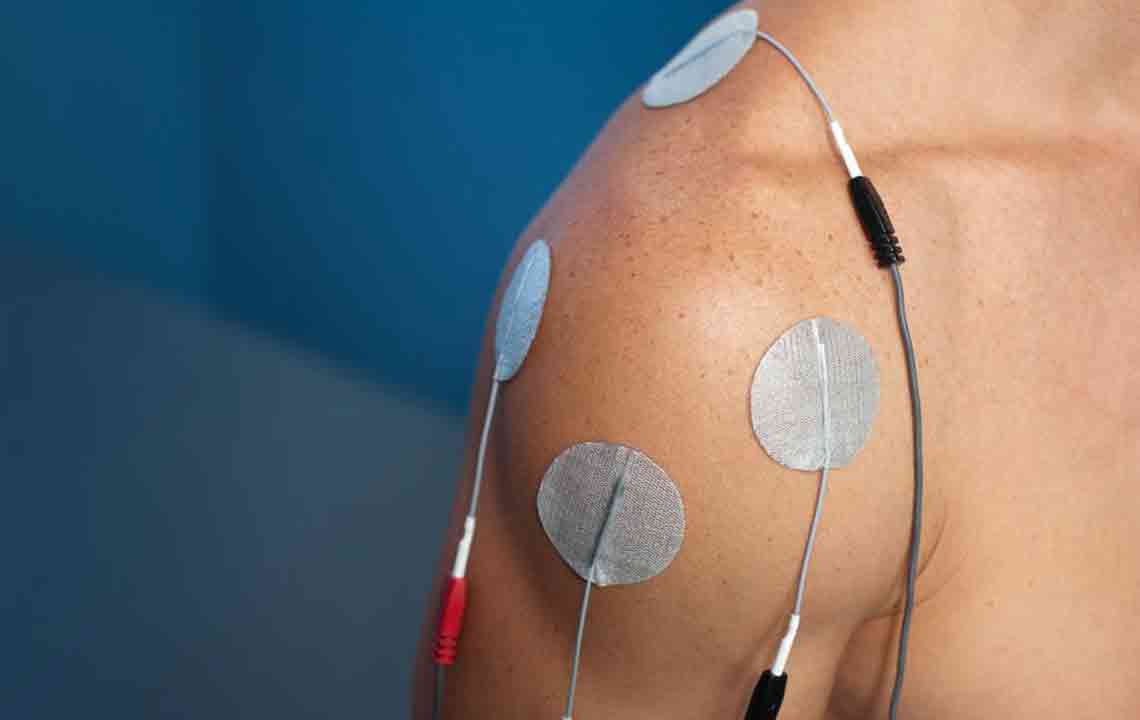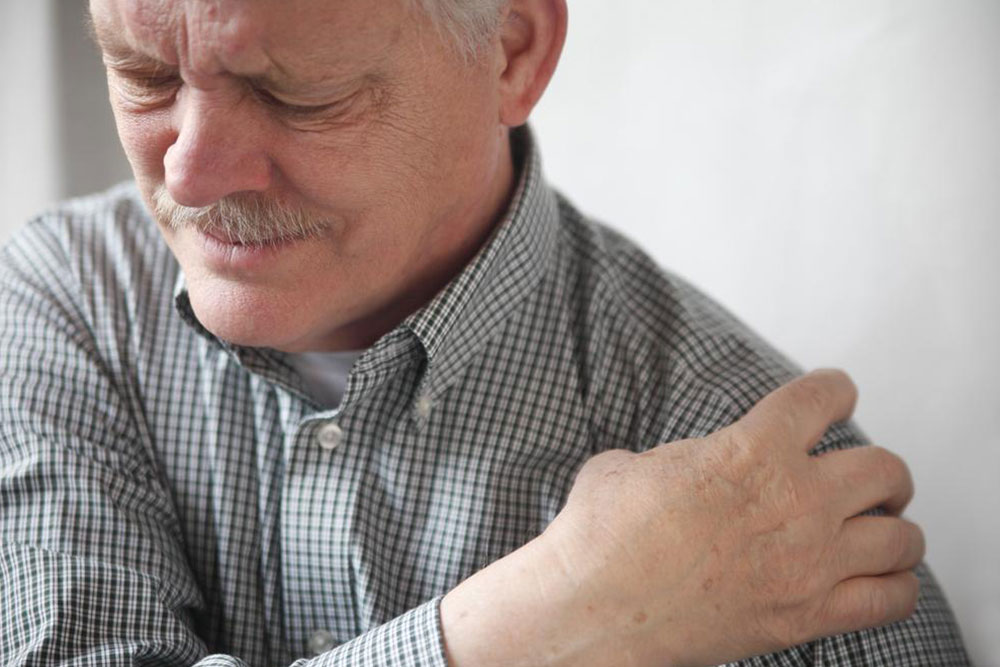Effective Strategies for Rotator Cuff Injury Recovery
Learn effective methods for managing and treating rotator cuff injuries. From non-surgical options like physiotherapy and rest to surgical repair techniques, discover how to restore shoulder health. Early intervention and professional guidance are key to a successful recovery, especially for active individuals or severe injuries.

Strategies for Restoring a Rotator Cuff Injury
Individuals engaged in high-impact sports or demanding physical activities are susceptible to rotator cuff injuries. The rotator cuff comprises muscles and tendons surrounding the shoulder joint, attaching to the humerus and stabilizing the shoulder. Damage to any of the four rotator cuff muscles may require surgical intervention. While many minor injuries heal with time, severe cases often necessitate medical procedures.
Injuries may occur suddenly or develop gradually. Tendonitis increases the risk of rotator cuff damage. Chronic injuries are common among athletes involved in repetitive shoulder movements, such as baseball players or painters. Sudden injuries often result from falls or heavy lifting, requiring careful management to avoid further strain.
Preventing rotator cuff injuries is ideal, but if damage occurs, surgical repair might be necessary. Symptoms include severe shoulder pain and stiffness, often impacting daily activities. Localized pain at the front of the shoulder characterizes the injury.
Available Treatments for Rotator Cuff Injuries
Advances in medical technology have made rotator cuff repair more accessible. Treatment options aim to alleviate pain, reduce inflammation, restore strength, and improve shoulder mobility. While some cases require surgery, many can be treated non-surgically through rest, immobilization, and gentle movement. Application of hot or cold packs is recommended. Physiotherapy exercises are highly effective and can often be performed at home to regain shoulder function.
Details of Surgical Repair and Associated Risks
Surgical procedures typically involve securely reattaching the torn tendons to the bone. Surgeons use suture anchors—metal or dissolvable—to fix tendons during arthroscopic surgery, guided by video imaging. Stitches are tied to these anchors to stabilize the repair. Post-surgery, incisions are closed, and dressings are applied, with imaging used to confirm successful attachment.
Why Choose Surgery?
Surgery is recommended when non-invasive treatments fail to relieve persistent pain, especially in active individuals or severe tears. Large or recent traumatic tears often require surgical intervention. Minor or partial tears may heal with rest and physical therapy, but worsening symptoms or growing tears indicate the need for surgery.
Surgical Risks
Like all surgeries, rotator cuff repair entails risks such as allergic reactions, bleeding, blood clots, infections, and anesthesia complications. There is also potential for nerve, tendon, or blood vessel injury. Choosing experienced surgeons and timely intervention can reduce risks. If pain persists despite conservative treatment, surgical repair can restore shoulder function and alleviate discomfort.










